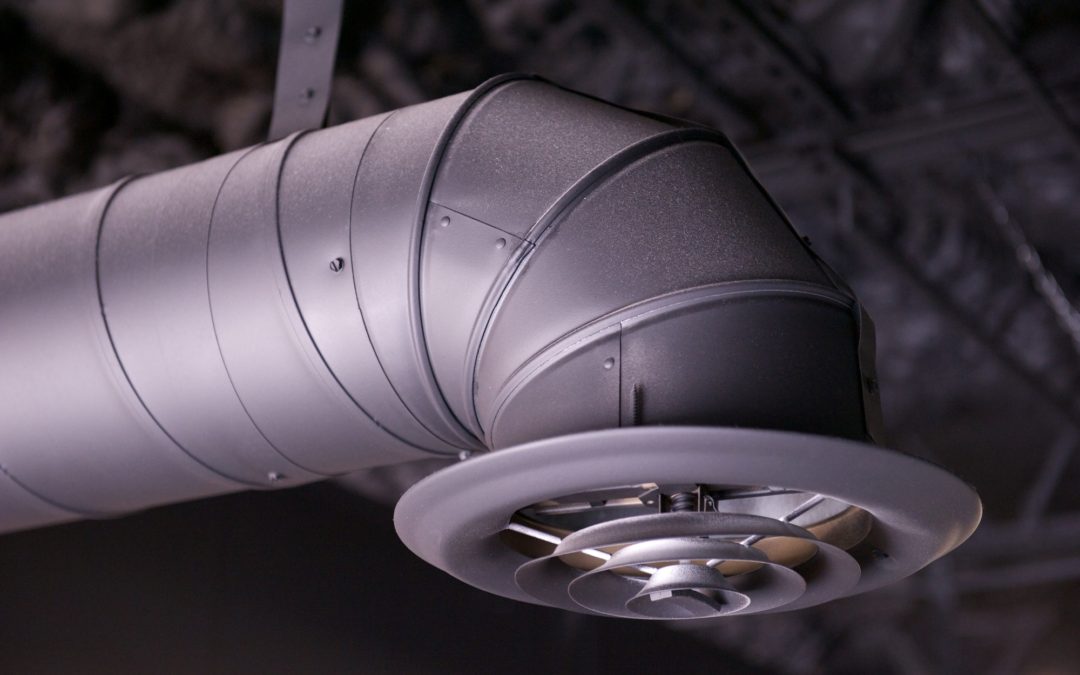When it comes to shopping around for a new HVAC unit, be it a furnace or an air conditioner, one of the principal elements that buyers typically look for is energy efficiency. HVAC efficiency can help improve the environmental sustainability of your home while also saving you money on your monthly heating and cooling bills. While the core efficiency of an appliance isn’t the only factor that will affect the performance and sustainability of your HVAC system—energy-efficient windows are another important piece. A highly-rated, energy-efficient AC unit or furnace is a good place to start if you want to ensure an all-around efficient home.
The good news is that all HVAC appliances are marked with energy efficiency ratings, which you can read and compare to determine how much more efficient one unit might be than another. In this article, we will take a closer look at HVAC efficiency ratings, to give you a sense of what you should be keeping an eye out for as you browse the market for a new appliance.
Energy Efficient AC: What You Need to Know
The first thing you need to know about HVAC efficiency is that air conditioning units have different energy efficiency ratings than furnaces. So, if you are shopping for an AC unit, you will need to read up on a different rating system than if you are due for a replacement furnace. For the purposes of this post, let’s start with the AC rating system for energy efficiency.
Air conditioning units usually bear two different energy efficiency ratings. The first is the energy efficiency ratio (EER); the second is the seasonal energy efficiency ratio (SEER). On a basic level, the higher the EER or SEER rating, the more efficient the unit. These AC units bear lower operating costs than appliances with lower EER or SEER ratings—though, do expect a tradeoff in the upfront price. To get a unit that is more efficient and less costly to run, you will have to make a heftier upfront investment.
So which rating system is more useful? The answer to that question depends on where you live. EER is calculated by taking the wattage of the electrical power input (essentially, how much power the system is using) and divides it by the amount of cool air generated by the system (measured in BTUs). Crucially, EER takes these measurements under a specific set of conditions, which means it provides more of a momentary snapshot of a system’s performance and efficiency than a longer-forecast view. SEER, as the addition of the word “seasonal” suggests, is intended to provide more of a long view. A SEER rating is based on the amount of energy that an AC unit will use to cool a home or building throughout an average cooling system. Said another way, EER measures an AC unit’s operating efficiency at one temperature level and set of conditions (specifically, at 95 degrees Fahrenheit). SEER considers the fluctuations in temperature and weather conditions that will inevitably happen throughout the summer season.
Both ratings can be quite handy if you are shopping for an AC unit, though you won’t always see both. The United States Government requires AC manufacturers to display SEER ratings on the packaging for their units. There is no corresponding requirement for manufacturers to display EER, though many still do. Which rating you put more stock in will depend on what an average summer or cooling season looks like in your area. For instance, in the Midwest, summer conditions tend to fluctuate quite a bit, moving from mild overcast days to rainy days to very hot, sunny days. In this region, an energy efficiency rating that factors in seasonal fluctuations is more useful, which means a homeowner in the Midwest would put a lot more stock in SEER than in EER. In hotter parts of the country, though—including parts of California and much of the American south—there are fewer weather fluctuations throughout the cooling season. These areas, with their higher median temperatures, are a better match for EER, which measures the efficiency of an AC system operating in more intense conditions.
What About Furnace Efficiency Ratings?
Because there is some natural confusion with EER and SEER, there tend to be more questions about efficiency ratings for AC units than for furnaces. Certainly, the rating system for furnaces is more straightforward. The rating to watch for when buying a furnace is the Annual Fuel Utilization Efficiency ratio, or AFUE. This rating system essentially calculates the amount of heat produced for every dollar of fuel that is burned to produce it. A higher AFUE rating indicates a system that must burn less fuel to produce heat. Heat pumps, meanwhile, use Heating Seasonal Performance Factor (HSPF), which, similar to SEER, calculates the performance of a heat pump based on fluctuating seasonal conditions.
Get the Answers You Need HVAC Efficiency
For the most part, you’ll want to keep an eye out for higher numbers when comparing energy efficiency ratings for your HVAC components. While SEER and EER can be a bit of a stumbling block for folks thinking about energy-efficient AC (a system with a high EER rating won’t necessarily have a super high SEER rating, and vice versa), the fact is that comparing efficiency ratings for HVAC appliances typically isn’t especially complicated. However, if you do have questions about efficiency ratings and how they will predict the performance of your system, know that you can always ask your HVAC expert for tips or guidance.

